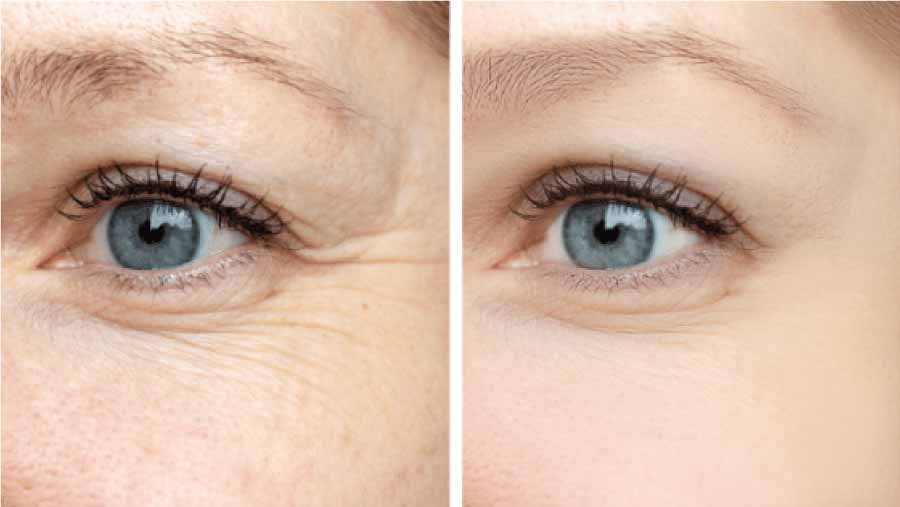Rhinoplasty is an increasingly popular cosmetic surgery around the world. If you are thinking of undergoing this surgery to improve the appearance of your nose or to solve health problems related to breathing, one of the questions you will surely ask yourself is: how much does a rhinoplasty cost? In this article, we’ll answer this question and give you all the information you need to make an informed decision about whether this surgery is right for you.
How much does a rhinoplasty cost?
What is a rhinoplasty?
Before talking about the costs of a rhinoplasty, it is important that you know what this surgery consists of. Rhinoplasty is a surgical intervention that is performed on the nose with the aim of modifying its shape and / or improving its respiratory function. This surgery can be performed for cosmetic reasons, to correct congenital or traumatic deformities, or to solve health problems related to breathing.
How much does a rhinoplasty cost in Spain?
The cost of a rhinoplasty can vary greatly depending on several factors, such as the place where the surgery is performed, the prestige and experience of the surgeon, the complexity of the operation, and the materials used. In Spain, the average cost of a rhinoplasty ranges between 3,000 and 8,000 euros.
What factors affect the cost of a rhinoplasty?
As we mentioned earlier, several factors can influence the cost of a rhinoplasty. Below, we explain which are the main ones:
Geographic location: The cost of surgery may vary depending on the city or region where it is performed. Large cities tend to have higher prices than rural areas.
The experience and reputation of the surgeon: More experienced and recognized surgeons often charge higher prices than recent graduates or those with less experience.
The complexity of the operation: If the surgery is more complex and requires more time and effort on the part of the surgeon, the cost will be higher.
The materials used: The materials used in surgery (anesthesia, surgical instruments, etc.) can affect the final cost.
What other expenses are included in the cost of a rhinoplasty?
It is important for you to know that the cost of a rhinoplasty does not only include the cost of the surgery itself. You should also take into account other expenses that may be included in the final price:
Preoperative consultations: Before surgery, it is necessary to make several consultations with the surgeon to evaluate your case and plan the intervention. These queries may have
Are there ways to reduce the cost of a rhinoplasty?
While the cost of rhinoplasty may seem steep, there are a few ways to reduce it. Here are some recommendations:
Find a surgeon who offers financing: Some surgeons offer financing plans that allow you to pay for the surgery in monthly installments. This may be a good option if you can’t afford the full cost of the one-time surgery.
Consider traveling to another city or country: If the cost of surgery in your city is very high, you may consider traveling to another city or even another country where prices are lower. However, you should be aware of the additional costs involved in traveling, such as flights, accommodation, and transportation.
Learn about health insurance: Some health insurance may cover the cost of rhinoplasty if it is done for medical reasons, such as breathing-related health problems. If you have health insurance, find out about the coverage conditions and the necessary requirements to access surgery.
What risks and complications can arise during and after rhinoplasty?
As with any surgery, rhinoplasty carries certain risks and complications. Some of the most common include:
Infection: If proper hygiene measures are not taken before, during, and after surgery, an infection may arise.
Hemorrhage: During surgery, bleeding may occur that requires additional intervention.
Healing problems: There may be healing problems in the operated area.
Pain and/or swelling: It is normal to feel pain and swelling after surgery, but in some cases these symptoms may last longer than expected.
It’s important to follow your surgeon’s instructions to the letter to minimize risks and complications. If you experience any unusual symptoms after surgery, you should contact your surgeon immediately.
How long does it take to recover from rhinoplasty?
Recovery from a rhinoplasty can vary depending on several factors, such as the complexity of the surgery, the patient’s age, and the patient’s overall health. However, it usually takes between one and two weeks to recover enough to return to work or school. During the first weeks after surgery, it is important to avoid intense physical activities and follow the instructions of your surgeon to properly care for the operated area.
Is surgery covered by social security in Spain?
In Spain, rhinoplasty is only covered by social security in very specific cases, such as health problems related to breathing. If you are considering undergoing rhinoplasty for cosmetic reasons, it is unlikely that you will be able to access it through social security. In this case, you will need to pay for the surgery privately or look for other options for treatment.
What should I do before having surgery?
Before having rhinoplasty, it’s important to prepare properly for surgery. Here are some recommendations:
Look for a qualified and experienced surgeon: It is essential that you choose a surgeon who is experienced and qualified to perform the surgery. Research the surgeon’s background and training before making a decision.
Learn about the procedure: Before having surgery, it’s important to learn about the procedure, possible risks and complications, and care after surgery. Ask your surgeon all the doubts you have about it.
Follow your surgeon’s instructions: It is critical that you follow all of your surgeon’s instructions before, during, and after surgery. This includes not smoking or drinking alcohol before surgery, eating a healthy, balanced diet, and avoiding certain medications that may increase the risk of complications.
Prepare your home for recovery: It’s important to prepare your home for recovery after surgery. This includes having medications prescribed by your surgeon on hand, preparing healthy, easy-to-digest meals, and having someone help you with household chores for the first few days after surgery.
What results can I expect?
The results of a rhinoplasty can vary depending on several factors, such as the patient’s nasal structure, the complexity of the surgery, and the patient’s expectations. However, in general the following results can be expected:
A more aesthetic and harmonious nose with the rest of the face.
Improvement in breathing in cases where surgery is performed for medical reasons.
Increased self-esteem and self-confidence.
It is important to note that the definitive results of surgery may take several weeks or even months to fully manifest. In addition, the healing process can vary from person to person.
Conclusion
If you’re considering rhinoplasty, it’s important to properly inform yourself about the procedure, possible risks and complications, and care after surgery. In addition, you should look for a qualified and experienced surgeon who can help you achieve the desired results. While the cost of surgery can be steep, there are some financing options that can make it more accessible. Remember to follow all of your surgeon’s instructions and be patient during the recovery process to achieve the best possible results.


